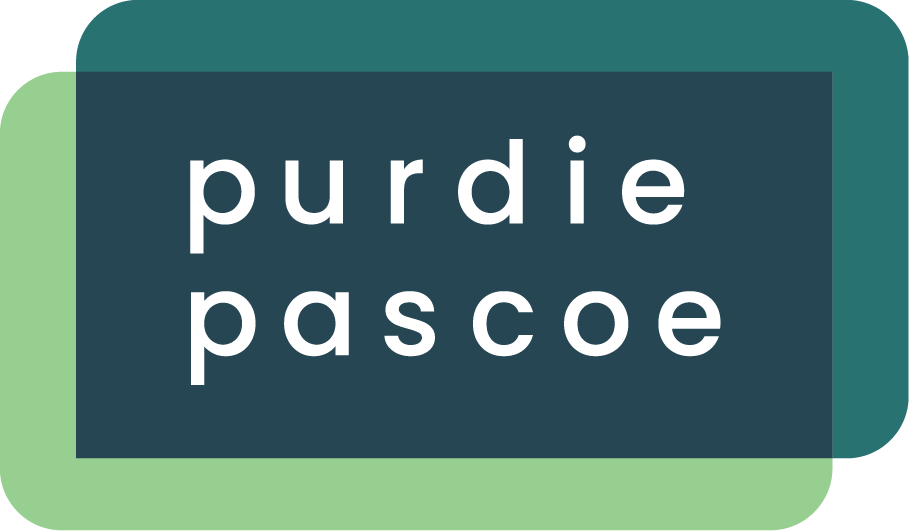Face-to-face: In Memoriam
Guy Pascoe, Co-founder
I still remember my first exposure to market research: it was in the late 90s, a few years before I moved into the industry myself, and I was working for a cellphone company.
We were exploring the potential for mobile internet services, from shopping and gaming to stock trading and betting. We engaged a research agency to help, and next thing I knew I was sitting in the gloomy back room of a facility in west London, peering through a smudged two-way mirror at a randomly selected group of cellphone users like they were animals in a zoo.
In fact, all the animals were there. The Elephant, trying to dominate the debate at every turn. The Giraffe, thoughtful but shy, trying in vain to get a word in every now and again. The Hyena, laughing in all the wrong places, while not-so-subtly scavenging from the M&M bowl. And, of course, the Zoo-Keeper / moderator, trying to keep them in-line, shovelling through the BS for gems, and keeping the back-room visitors happy.
It was chaotic, haphazard, unpredictable – and magical.
Listening to a room full of strangers talk about things we had been obsessing over for months was somehow mesmerizing. Facts and figures on a PowerPoint slide couldn’t come close to this, and nor could a phone interview. Every nuance and inflection were plain to see, as the snacks were scarfed down and the debate heated up.
Despite our lofty ambitions, the only service we could offer at that point was the ability to buy a book (on an up-and-coming website named after a river). We thought this represented a breakthrough on a par with colour TV, if not the wheel – until a forthright young woman with a nose-ring, spraying a shower of Pringle crumbs every time she opened her mouth, asked ‘who the hell is so desperate to buy a ****ing book that they can’t wait til they ****ing get home?’
Fast-forward a few years, and I was the Zoo-Keeper, and I loved (nearly) every minute of that too. The chance to look respondents in the eye as they told you what they thought about your client’s product, the opportunity to pit people with opposing views against each other, returning to a back room abuzz with conversation about what they’d just heard.
Video interviews clearly represent a major improvement on TDIs. But I never regarded video-assisted interviews as a poor version of F2F interviews, but rather an upgrade on TDIs; they certainly weren’t worth the huge premiums they used to cost, but now in the Zoom-era where the video component is essentially free, I can’t imagine reverting back to a TDI.
But still…nothing beats being face-to-face.
We’ve done a couple of F2F projects since COVID, but only a couple, and our friends across the industry tell a consistent story. This same reduction in face-to-face interaction has been happening for years in retail, banking and so many other facets of everyday life, it shouldn’t be surprising, just another example of COVID speeding up trends that were already in motion.
From a researcher’s point of view, it’s not just what happens in the front room, but also the camaraderie of the back room, the chance to get to know your clients better and be part of conversations that researchers don’t often get included in. Not to mention the opportunity to travel and spend time in different cities and countries.
And from a client perspective, in this age of increasingly automated interaction and artificial intelligence, I still believe that face-to-face interactions give an unparalleled level of insight. The viewing experience also brings the research to life for the project team and can create buy-in from even the most reluctant stakeholders. I can’t count the number of times I’ve heard gob-smacked marketing managers say ‘They never tell our sales reps that!’
So I hope we’re not witnessing the end of F2F research – see you in a back room soon?

